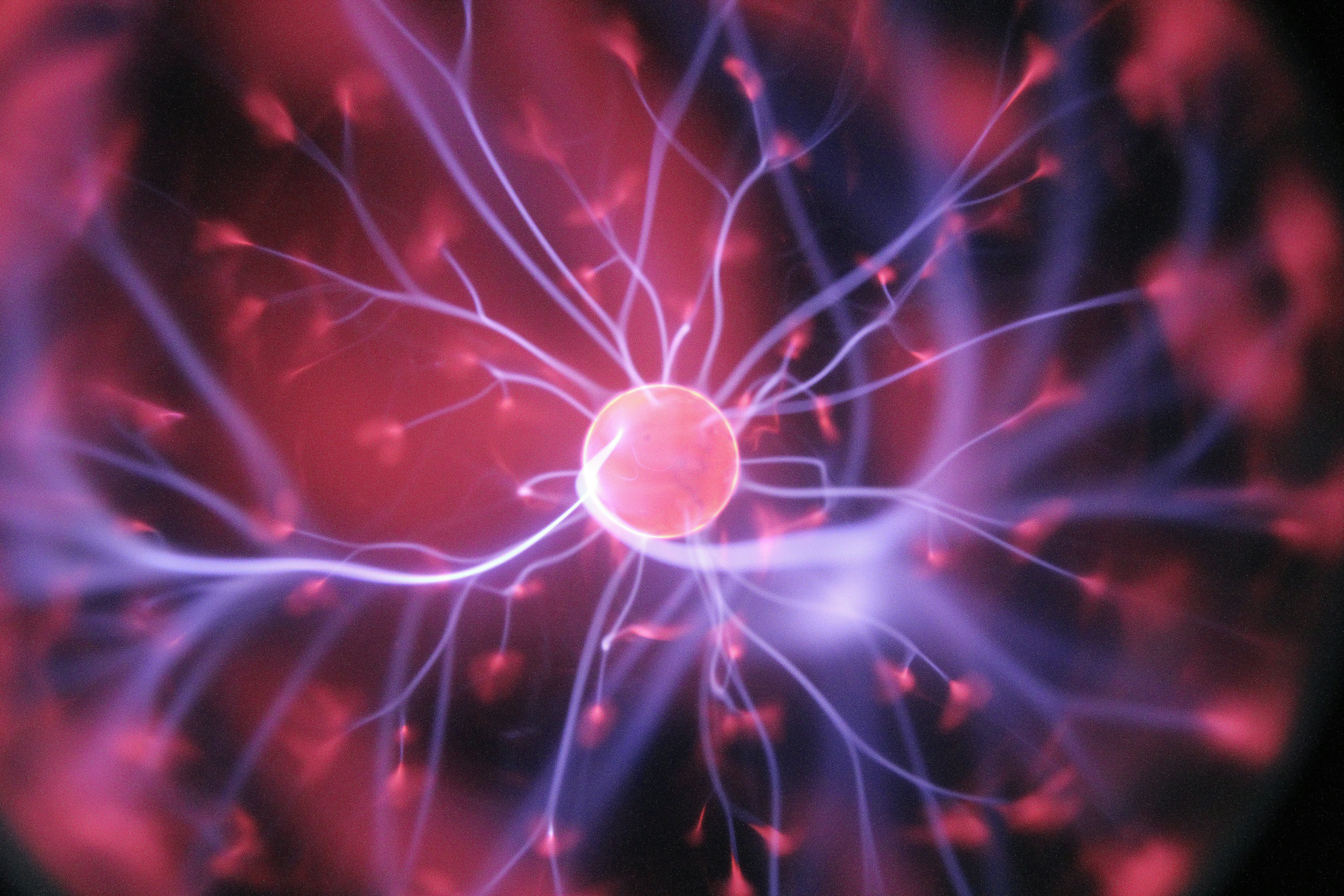
What is EMDR
““We have learned that trauma is not just an event that took place sometime in the past; it is also the imprint left by that experience on mind, brain, and body.
― Bessel A. van der Kolk, The Body Keeps the Score: Brain, Mind, and Body in the Healing of Trauma.
Introduction:
EMDR is an acronym for Eye Movement Desensitisation and Reprocessing.
It’s a comprehensive psychotherapy tool that helps you process and recover from past experiences that are affecting your mental health and wellbeing.
It was first invented by Francine Shapario in the late 1980’s. She was recovering from cancer and realised when she walked in the woods and looked at the tree’s from side to side her disturbing thoughts lessened.
This led her to do more research in eye movements and EMDR was developed.

5 Reasons EMDR could be right for you! 👊
1. You Experience Nightmares and/or Flashbacks
EMDR was first widely used with war veterans experiencing sever flashbacks from combat. It proved to help lessen the intensity of the memories and help the soldiers come to terms with what they had witnessed. It has now been proven to be effective for anyone experiencing flashbacks and nightmares back to a troubling event.
2. You've Tried Talking Therapy And Still Feel Anxious
I love talking therapy, it's at the heart and soul of my counselling practice. However, sometimes it's not enough on it's own. Especially if you've experienced trauma in your life. EMDR works by accessing the right side of the brain and the left side at the same time to lessen the intensity of troubling experiences. This is something that's often not possible with just talking.
3. You Experience Frequent Depressive Episodes
Part of EMDR is finding resources your brain connects with and regains a sense of safety. If you've been through trauma your brain sets itself to a setting where it never quite feels safe and secure. This leads to depressive thoughts and feelings. The EMDR techniques remind the brain that it's ok to feel to good feelings and it's needed to heal.
4. You Like Practical Strategies
The therapy has a specific structure which consists of an assessment with set questions to understand how past experiences shape present thoughts and feelings. The rapid eye movements used in EMDR are called bilateral stimulation and this process helps reframe experiences and ignite new thought pathways to form so the memories and feelings loose their once emotionally charged intensity.
There are various ways EMDR practitioners use bilateral stimulation. These range from following a therapists fingers from side to side to lights and sounds. I personally like using tapping on the knees. This I find is the comfortable for therapist and client.
5. You Want To Feel Different
All therapies work best if there is a high desire for wanting thoughts and feelings to change and EMDR is no different. EMDR has gained wide publicity of late with celebrities voicing their therapeutic successes with the technique. It's also the go to for the NHS for anyone with a diagnosis of PTSD. However, it is not a magic wand. It will only work if you have come to that place where you are ready for your life to be different.
If you think EMDR could help you, send me a message and we can arrange a call to chat through your needs.
Sign up to my newsletter here and receive an eye movement anxiety reducing technique.
Office: Nantwich
Call 07739 807601
Site: www.empoweredtraumatherapy.com
Email:
empoweredtraumatherapy@gmail.com
